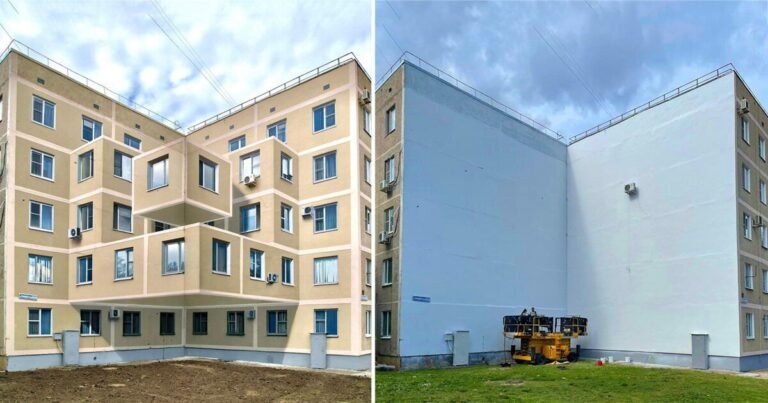Architecture Classics: The Benedictine Monastery Chapel / Gabriel Guarda, Martin Correa

The Benedictine monastery chapel of Santa María de las Condes, visible from different points in the eastern part of Santiago, Chile, is a white volume, located halfway up the slopes of Los Piques hill.
This project was able to bring together a long reflection on the ecclesiastical theme and a very particular way of conceiving modern architecture. One of the important decisions of its architects was to interpret, with talent and originality, the meaning of a decade of collective research into these themes.


The central concept of this project, i.e. the simple white volumes, characterised by the way they are penetrated by light, finds its origin, at least in Chile, in the chapel for the Fundo los Pajaritos, one of Alberto Cruz Covarrubias’ earliest works.


The origin of this church goes back to the foundation of the Benedictine community of Las Condes, which took place at the end of the 1930s. They temporarily settled on the Lo Fontecilla farm and then moved to the site now occupied by the Air Force Hospital. Finally the community was consolidated with the support of the Beuren Abbey in Germany and they settled on their current site on the Los Piques hill.


There were several projects for the monastery, from a private competition, where only the cells and a provisional chapel were built, to a project by the Catholic University of Valparaíso, which contributed with a diagonal circulation and the idea of leaving the church at the access to the whole complex.


Finally, Gabriel Guarda and Martín Correa’s project for the church was developed from 1961 to 1962. They made an intense study, using large scale models to see the lighting effects, which are the central theme of the project. It was built between 1962 and 1964.


The route to the entrance, which is quite long, ascends a gentle curve in the hillside, and at the end of it, preceded by a large esplanade, the church can be seen. The complexity of its design is obvious at first glance.


Furthermore, the interior route through the church is explained on the one hand by the diagonal axis that links the two cubes together, and on the other by a perimeter route, which starts at the entrance and ends at the image of the Virgin Mary. At this point, the diagonal axis becomes present, which continues to the back of the nave, leading to the chapel of the Blessed Sacrament, and then to the presbytery.
Moreover, the route can be extended upwards, from the presbytery, there is a staircase that reaches the roof of the church and allows you to reach the bell tower. This church was designed to be understood as you walk through it.

They are two white cubic volumes, which intersect on their diagonal axis and are accompanied by a series of smaller integrated volumes that articulate the whole. The most noticeable is the small cube of the belfry, the access body and that of the ramp leading to the nave of the church.

Each of these cubes is 14 by 14 metres in plan, with a height ranging from 10 to 14 metres high (the height of the bell tower).
Inside, the diagonal axis, about 30 metres long, linking the two cubes, originates in the space containing the image of the Virgin Mary and extends to the celebrant’s seat, located on the opposite side of the monks’ cube. This diagonal acts as the longitudinal axis of the church. At the intersection of the cubes is the altar as a link between the faithful and the monks.
The assembly of the faithful is divided into four sectors that are arranged radially towards the altar, with very simple and light benches, giving all the prominence to the space between the white walls.
The Chapel of the Blessed Sacrament, located to the north-west, is present through an interior window in the nave of the faithful.
The idea of the cube of light that this project achieves is of considerable perfection. Here the light becomes complex and varied. It penetrates from different points, in different forms and at different levels. For example, in both naves the light enters from above, and in the chapel of the Blessed Sacrament from below the access ramp and from in front in the vertical window that is hidden behind the seat.
The idea is that the edges of the volumes would be perforated and thus destroy the constitution of the cubes, reducing them practically to independently perceived planes, these cubes appearing as pure space and pure light.
Architects: Gabriel Guarda and Martin Correa Location: Cerro Los Piques, Santiago, Chile Project Area: aprox. 500 m2 Project Year: 1964
Referees: PUC Faba, “Los Hechos de la Arquitectura” Fdo. Perez Oyarzún- Alejandro Aravena- José Quintanilla, Pablo Cabrera Ferralis, Ricardo Urrutia, Sustainable Frog

